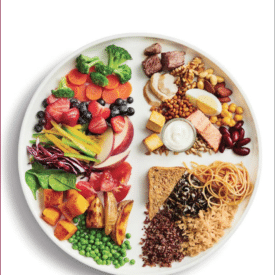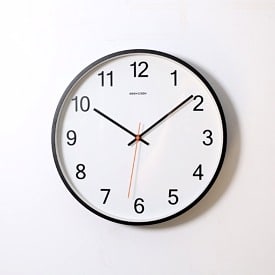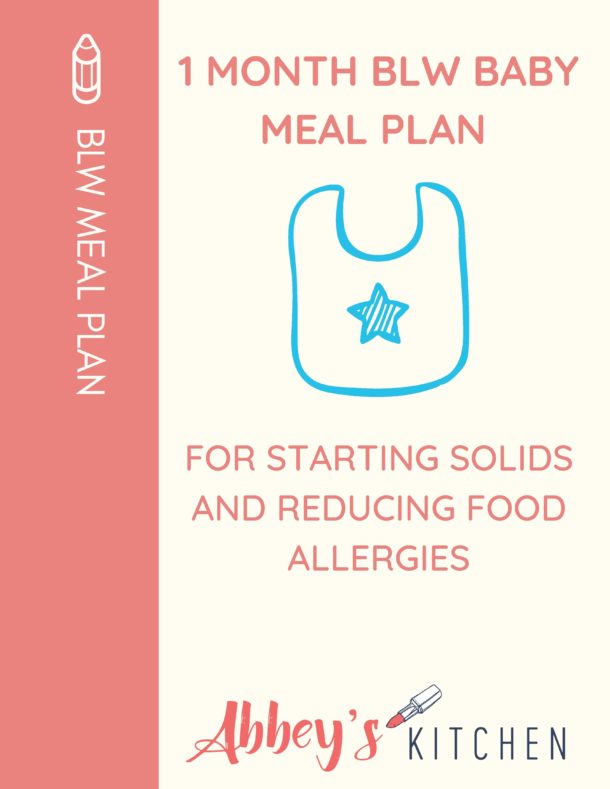Whether we’re flipping through our Pinterest feed for recipe inspiration, or comparing food labels and nutrition claims at the grocery store, we are often bombarded with what I like to call “nutritionese”. In other words, a complicated foreign language filled with nutrient and health claims that are nothing short of confusing. Trust me, even I’m confused.
Well, while food bloggers and recipe authors aren’t held to any standards (in other words, anything goes), the food industry definitely is, so all of those terms you read usually do have legitimate definitions. To help you learn the language of food labels and nutrition claims, we’ve put together a handy dandy infographic that you can print out or pull up the next time you see an ambiguous term so you know exactly what you’re getting.
Feel free to share with your friends, followers and even your arch-enemies.
Welcome to Nutritionese 101: Food Labels & Nutrition Claims

Make sure to print this infographic out and bring it with you to to grocery store to help you make sense of those crazy food labels and nutrition claims. As you can see, there are a lot of words out there that mean a whole lot of nothing, so this is a great tool to help you determine what is worth investing your money, time and concern over.
Do you have a nutrition claim or food label you’re stuck on? Not sure if it’s just a marketing tool or something you should be concerned with for your family’s health? Leave me a comment and I’ll try to decode it for you!
Contribution by AK Taster Martina Luketich
References:
Free Run
Cage Free
Non-GMO
Superfood
Healthy
Green
Updated on December 8th, 2021

Abbey Sharp is a Registered Dietitian (RD), regulated by the Ontario College of Dietitians. She is a mom, YouTuber, Blogger, award winning cookbook author, media coach specializing in food and nutrition influencers, and a frequent contributor to national publications like Healthline and on national broadcast TV shows.




Leave a Comment